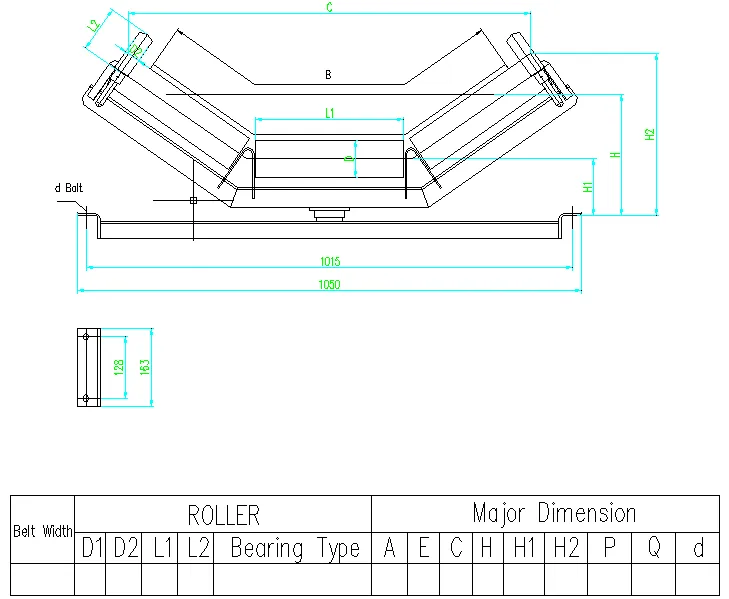 Afrikaans
Afrikaans  Albanian
Albanian  Amharic
Amharic  Arabic
Arabic  Armenian
Armenian  Azerbaijani
Azerbaijani  Basque
Basque  Belarusian
Belarusian  Bengali
Bengali  Bosnian
Bosnian  Bulgarian
Bulgarian  Catalan
Catalan  Cebuano
Cebuano  Corsican
Corsican  Croatian
Croatian  Czech
Czech  Danish
Danish  Dutch
Dutch  English
English  Esperanto
Esperanto  Estonian
Estonian  Finnish
Finnish  French
French  Frisian
Frisian  Galician
Galician  Georgian
Georgian  German
German  Greek
Greek  Gujarati
Gujarati  Haitian Creole
Haitian Creole  hausa
hausa  hawaiian
hawaiian  Hebrew
Hebrew  Hindi
Hindi  Miao
Miao  Hungarian
Hungarian  Icelandic
Icelandic  igbo
igbo  Indonesian
Indonesian  irish
irish  Italian
Italian  Japanese
Japanese  Javanese
Javanese  Kannada
Kannada  kazakh
kazakh  Khmer
Khmer  Rwandese
Rwandese  Korean
Korean  Kurdish
Kurdish  Kyrgyz
Kyrgyz  Lao
Lao  Latin
Latin  Latvian
Latvian  Lithuanian
Lithuanian  Luxembourgish
Luxembourgish  Macedonian
Macedonian  Malgashi
Malgashi  Malay
Malay  Malayalam
Malayalam  Maltese
Maltese  Maori
Maori  Marathi
Marathi  Mongolian
Mongolian  Myanmar
Myanmar  Nepali
Nepali  Norwegian
Norwegian  Norwegian
Norwegian  Occitan
Occitan  Pashto
Pashto  Persian
Persian  Polish
Polish  Portuguese
Portuguese  Punjabi
Punjabi  Romanian
Romanian  Russian
Russian  Samoan
Samoan  Scottish Gaelic
Scottish Gaelic  Serbian
Serbian  Sesotho
Sesotho  Shona
Shona  Sindhi
Sindhi  Sinhala
Sinhala  Slovak
Slovak  Slovenian
Slovenian  Somali
Somali  Spanish
Spanish  Sundanese
Sundanese  Swahili
Swahili  Swedish
Swedish  Tagalog
Tagalog  Tajik
Tajik  Tamil
Tamil  Tatar
Tatar  Telugu
Telugu  Thai
Thai  Turkish
Turkish  Turkmen
Turkmen  Ukrainian
Ukrainian  Urdu
Urdu  Uighur
Uighur  Uzbek
Uzbek  Vietnamese
Vietnamese  Welsh
Welsh  Bantu
Bantu  Yiddish
Yiddish  Yoruba
Yoruba  Zulu
Zulu Understanding the Mechanisms and Applications of Belt and Pulley Drive Systems in Machinery
The Belt and Pulley Drive System An Overview
In the realm of mechanical engineering and machinery, the belt and pulley drive system plays a vital role in transmitting power from one component to another. This system is widely used in various applications, from small household appliances to large industrial machines. Its simplicity, efficiency, and adaptability make it a popular choice for engineers and designers.
Fundamental Components
The fundamental components of a belt and pulley drive system include belts, pulleys, and, in some cases, additional elements such as tensioning devices. The pulleys are disc-like wheels with a groove around their circumference, designed to guide and hold the belt in place. The belt, often made of materials such as rubber or cotton, connects two or more pulleys. When one pulley, known as the drive pulley, is powered by a motor, it turns the belt, which in turn causes the connected driven pulley to rotate.
Working Principle
The operation of a belt and pulley system is relatively straightforward. When the drive pulley is set in motion, it transfers its rotational energy to the belt. The friction between the belt and the pulley is critical; it allows the belt to grip the pulley firmly without slipping. This transfer of motion enables the driven pulley to rotate, thereby transferring power to another component in the system.
The efficiency of a belt and pulley drive system largely depends on the frictional forces and the tension applied to the belt. Proper tension is essential, as it influences the system's performance and lifespan. If the belt is too loose, it may slip or disengage, leading to inefficiencies. Conversely, excessive tension can cause premature wear on the belt and pulleys.
Advantages of Belt and Pulley Drive Systems
belt and pulley drive

Belt and pulley systems offer several advantages over other forms of power transmission, such as gear systems. One significant benefit is the ability to transmit power over longer distances. Belt systems can easily span gaps between machines, making them ideal for configurations where direct coupling is not feasible.
Moreover, these systems inherently absorb shock loads, which can protect connected machinery from damage during sudden changes in load. The flexibility of belt systems allows for the adjustment of speed ratios simply by changing the size of the pulleys. This adjustability makes them versatile for various operating conditions.
Belt and pulley systems are also quieter compared to gear systems, as the elasticity of the belt reduces noise during operation. Furthermore, they require less maintenance, as there are fewer moving parts involved when compared to alternative methods of power transmission.
Limitations to Consider
Despite their advantages, there are limitations to belt and pulley drive systems. One primary concern is wear and tear, as belts can degrade over time due to friction and environmental factors. Regular inspections and maintenance are necessary to ensure optimal performance.
Another limitation is the potential for slip, which occurs if the belt is subjected to excessive load or insufficient tension. Slippage can lead to efficiency loss and changes in operational dynamics. Additionally, belt systems are generally less suited for high-speed applications where gear systems would excel.
Conclusion
In summary, the belt and pulley drive system is a vital component in the mechanics of power transmission. Its ease of use, efficiency, and adaptability make it an ideal choice for many applications across various industries. While attention must be given to maintenance and potential limitations, the benefits of using a belt and pulley system often outweigh the challenges, securing its place as a critical element in modern machinery design. As technology evolves, innovations in materials and design are likely to enhance the capabilities and applications of this essential system in the future.
-
Revolutionizing Conveyor Reliability with Advanced Rubber Lagging PulleysNewsJul.22,2025
-
Powering Precision and Durability with Expert Manufacturers of Conveyor ComponentsNewsJul.22,2025
-
Optimizing Conveyor Systems with Advanced Conveyor AccessoriesNewsJul.22,2025
-
Maximize Conveyor Efficiency with Quality Conveyor Idler PulleysNewsJul.22,2025
-
Future-Proof Your Conveyor System with High-Performance Polyurethane RollerNewsJul.22,2025
-
Driving Efficiency Forward with Quality Idlers and RollersNewsJul.22,2025





























